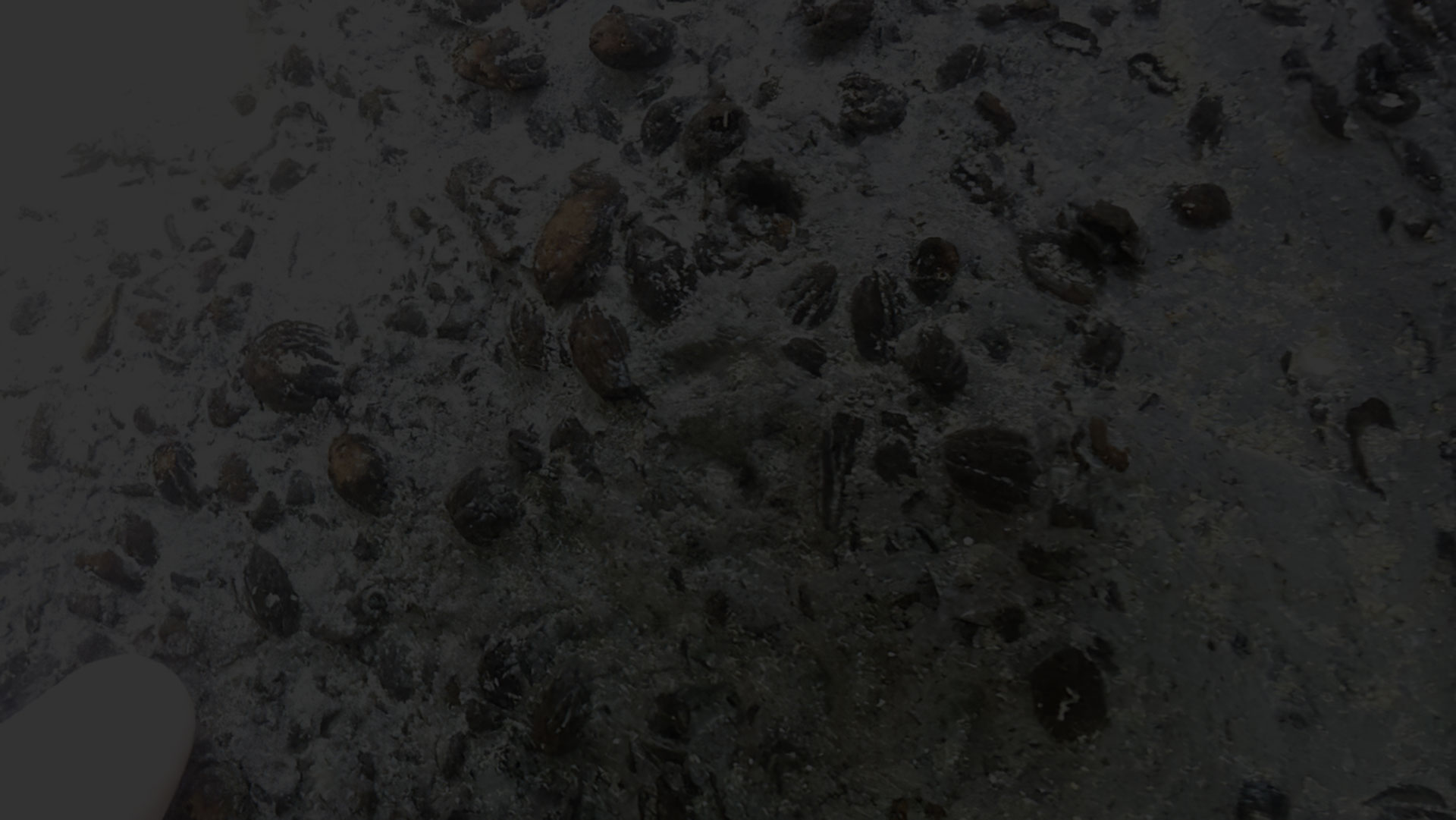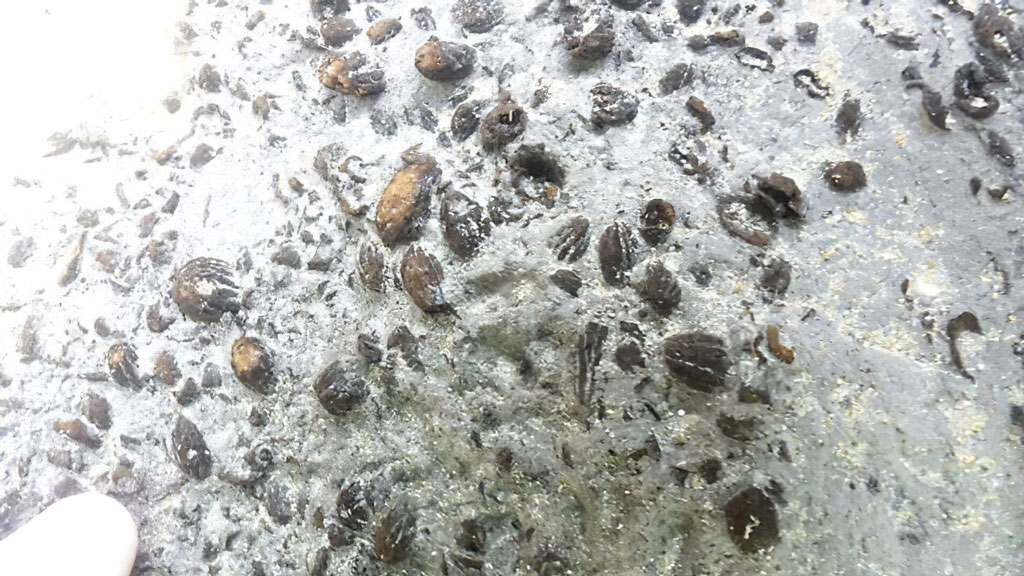Until recently, it was believed that although stone mortars and presses used
for olive oil extraction place the first use of the olive for food at 5000 BC, the
curing and consumption of table olives began much later at about 600 BC.
However, recent findings now prove that table olives were consumed as far
back as 4600 BC.
The earliest production of table olives, which involves the practice of
debittering olives for human consumption, has not yet been dated. So far, all
archaeological and written information on the consumption of table olives is
from Classical periods, such as the written accounts that olives were part of
the rations given to 5th century BC Greek mercenaries.
Israeli archaeologists have recently found new evidence for large-scale table
olive production while examining the site of Hishuley Carmel on the northern
Mediterranean coast of Israel. The area that is now submerged is believed to
have been part of the northern coast in the past. Numerous basins and wells
were found in the area, but no remnants of houses, indicating that the site
may have been an “industrial zone” for olives.
Embedded in the stone and clay neolithic structures found in the area were
thousands of olive pits different than the ones remaining after the production
of oil. The recently discovered pits were mostly whole, whereas those from
the production of olive oil are mostly crushed. There was also a lack of olive
tree particles in the structures proving that the olives were repeatedly washed,
as is common in the brining process even today. Finally, its proximity to the
Mediterranean Sea, a source of both sea water and salt, renders the site a
suitable location for the process of debittering and salting the fruit.
The comprehensive data collected at Hishuley Carmel, as well as the dating
of the olive pits discovered there, lead to the conclusion that large quantities
of table olives were prepared on site as far back as 4600 BC.





